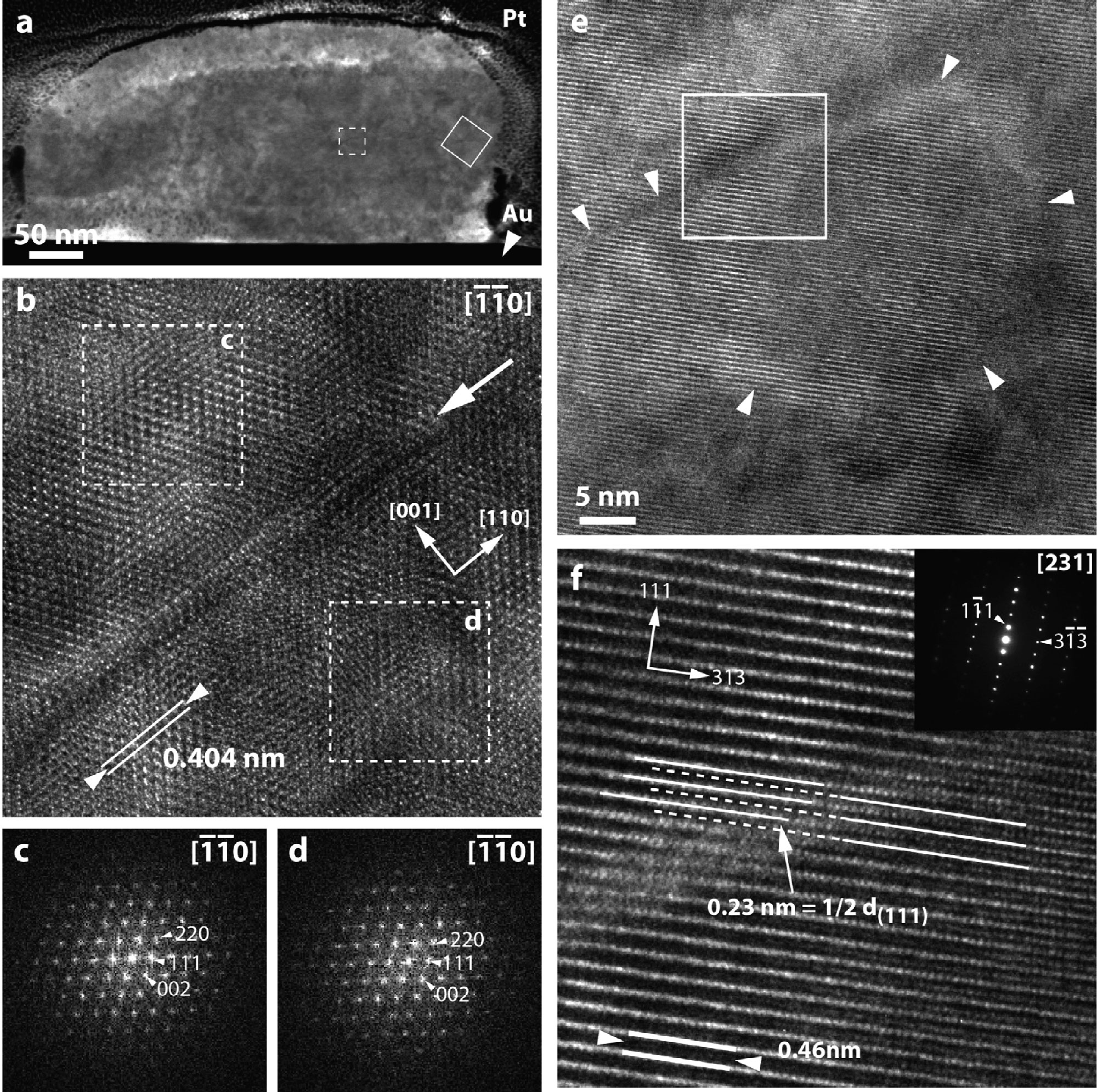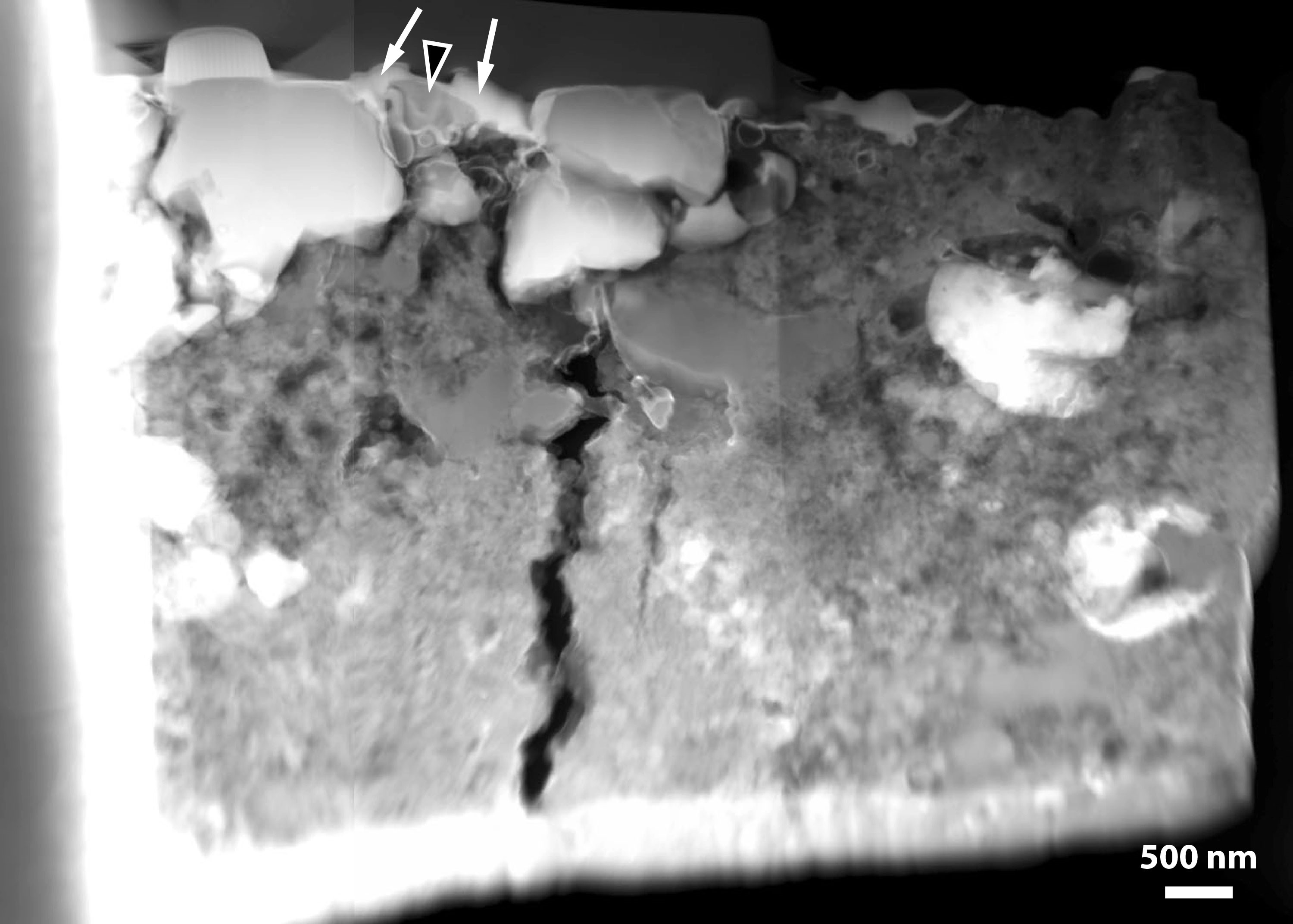As the original building blocks of the solar system, presolar grains (also called as stardust) constitute remnants of stars that existed before the solar system and thus provide information on the materials from which our solar system formed. They are nanometer- to micrometer-size carbonaceous and oxygen-rich crystalline and/or amorphous condensates (including nanodiamonds, SiC, graphite, oxides, and silicates) that formed in the outflows of evolved stars and in the ejecta of stellar explosions (e.g., supernovae and novae), survived the formation of the Solar System, and can be found today in primitive unequilibrated extraterrestrial materials (e.g., meteorites, interplanetary dust particles and micrometeorites). They are identified in primitive extraterrestrial materials by their highly anomalous isotopic compositions in major (e.g., C, O) and minor elements compared to the average isotopic composition of Solar System materials.
The analysis of isotopic and chemical compositions and microstructure of individual presolar grains using ultrahigh-resolution ion mass spectrometry and electron microscopy techniques provide us with a snapshot of the thermodynamic conditions (e.g., pressure and temperature) and nuclear processes happening in their parent star at the time of their condensation, as well as galactic chemical evolution. Moreover, presolar grains were affected by both pre-accretionary and parent-body processing (e.g., aqueous alteration, thermal metamorphism) during their journey from their formation to the laboratory; they can thus provide constraints on the alteration processes acting in the early stages of Solar System history.
Presolar magnetite grain. In-situ search for presolar grains in the LaPaz Icefield 031117 CO3.0 chondrite led to the identification of a new presolar grain phase, magnetite (Fe3O4). The oxygen isotopic of the grain indicate an origin in the envelop of a low-mass red/asymptotic giant branch (RGB/AGB) star. From Zega et al. (2015), The Astrophysical Journal, 808, 55 (9pp).

Atomic-scale structure of presolar spinel grains. Investigating the atomic-scale structure of a spinel (MgAl2O4) grain formed in the circumstellar shell around an Asymptotic Giant Branch (AGB) star that existed before the formation of our solar system. The grain (shown in cross section in panel 'a') formed by condensing in a gaseous environment around its host star more than 4.6 billion years ago. The images in panels 'b' through 'f' tell us about the atomic-scale order of the grain and can provide information on the conditions under which it formed. From Zega et al. (2014), Geochimica et Cosmochima Acta 124, 152-169.



